Tianqi Chen
Mirage Persistent Kernel: A Compiler and Runtime for Mega-Kernelizing Tensor Programs
Dec 22, 2025Abstract:We introduce Mirage Persistent Kernel (MPK), the first compiler and runtime system that automatically transforms multi-GPU model inference into a single high-performance megakernel. MPK introduces an SM-level graph representation that captures data dependencies at the granularity of individual streaming multiprocessors (SMs), enabling cross-operator software pipelining, fine-grained kernel overlap, and other previously infeasible GPU optimizations. The MPK compiler lowers tensor programs into highly optimized SM-level task graphs and generates optimized CUDA implementations for all tasks, while the MPK in-kernel parallel runtime executes these tasks within a single mega-kernel using decentralized scheduling across SMs. Together, these components provide end-to-end kernel fusion with minimal developer effort, while preserving the flexibility of existing programming models. Our evaluation shows that MPK significantly outperforms existing kernel-per-operator LLM serving systems by reducing end-to-end inference latency by up to 1.7x, pushing LLM inference performance close to hardware limits. MPK is publicly available at https://github.com/mirage-project/mirage.
Multiverse: Your Language Models Secretly Decide How to Parallelize and Merge Generation
Jun 11, 2025Abstract:Autoregressive Large Language Models (AR-LLMs) frequently exhibit implicit parallelism in sequential generation. Inspired by this, we introduce Multiverse, a new generative model that enables natively parallel generation. Multiverse internalizes a MapReduce paradigm, generating automatically through three stages: (i) a Map stage for adaptive task decomposition, (ii) a Process stage for parallel subtask execution, and (iii) a Reduce stage for lossless result synthesis. Next, we build a real-world Multiverse reasoning model with co-design of data, algorithm, and system, enabling rapid and seamless transfer from frontier AR-LLMs. Starting from sequential reasoning chains, we create Multiverse 1K by converting them into structured training data using an automated LLM-assisted pipeline, avoiding costly human annotations. Algorithmically, we design Multiverse Attention to separate parallel reasoning steps while keeping compatibility with causal attention for efficient training. Systematically, we implement Multiverse Engine to enable parallel inference. It features a dedicated scheduler that dynamically switches between sequential and parallel generation, triggered directly by the model. After a 3-hour fine-tuning with 1K examples, our Multiverse-32B stands as the only open-sourced non-AR model achieving performance on par with leading AR-LLMs of the same scale, evidenced by AIME24 & 25 scores of 54% and 46%, respectively. Moreover, our budget control experiments show that Multiverse-32B exhibits superior scaling, outperforming AR-LLMs by 1.87% on average using the same context length. Such scaling further leads to practical efficiency gain, achieving up to 2x speedup across varying batch sizes. We have open-sourced the entire Multiverse ecosystem, including data, model weights, engine, supporting tools, as well as complete data curation prompts and detailed training and evaluation recipes.
Tilus: A Virtual Machine for Arbitrary Low-Precision GPGPU Computation in LLM Serving
Apr 25, 2025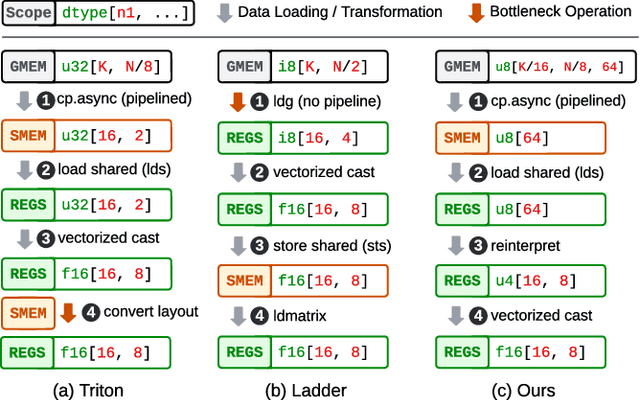
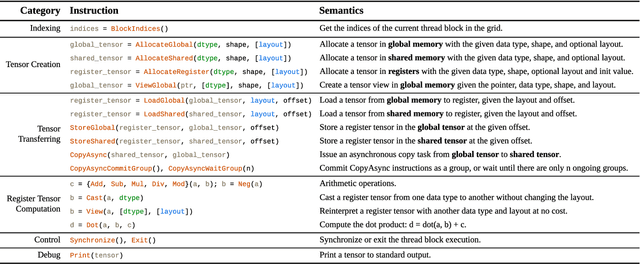
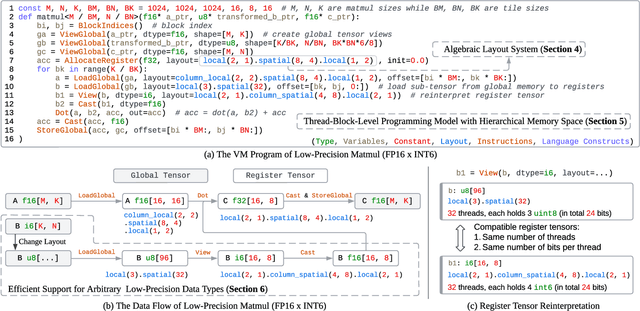
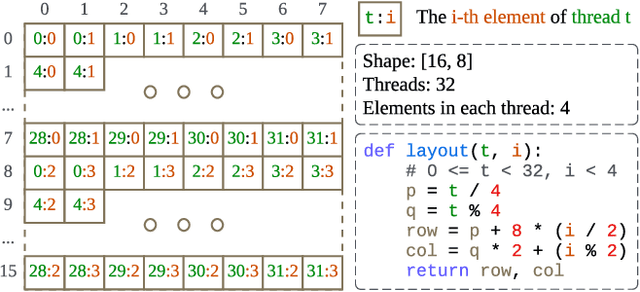
Abstract:Serving Large Language Models (LLMs) is critical for AI-powered applications but demands substantial computational resources, particularly in memory bandwidth and computational throughput. Low-precision computation has emerged as a key technique to improve efficiency while reducing resource consumption. Existing approaches for generating low-precision kernels are limited to weight bit widths that are powers of two and suffer from suboptimal performance due to high-level GPU programming abstractions. These abstractions restrict critical optimizations, such as fine-grained register management and optimized memory access patterns, which are essential for efficient low-precision computations. In this paper, we introduce a virtual machine (VM) designed for General-Purpose GPU (GPGPU) computing, enabling support for low-precision data types with arbitrary bit widths while maintaining GPU programmability. The proposed VM features a thread-block-level programming model, a hierarchical memory space, a novel algebraic layout system, and extensive support for diverse low-precision data types. VM programs are compiled into highly efficient GPU programs with automatic vectorization and instruction selection. Extensive experiments demonstrate that our VM efficiently supports a full spectrum of low-precision data types, and outperforms state-of-the-art low-precision kernels on their supported types. Compared to existing compilers like Triton and Ladder, as well as hand-optimized kernels such as QuantLLM and Marlin, our VM achieves performance improvements of 1.75x, 2.61x, 1.29x and 1.03x, respectively.
A Virtual Machine for Arbitrary Low-Precision GPGPU Computation in LLM Serving
Apr 17, 2025



Abstract:Serving Large Language Models (LLMs) is critical for AI-powered applications but demands substantial computational resources, particularly in memory bandwidth and computational throughput. Low-precision computation has emerged as a key technique to improve efficiency while reducing resource consumption. Existing approaches for generating low-precision kernels are limited to weight bit widths that are powers of two and suffer from suboptimal performance due to high-level GPU programming abstractions. These abstractions restrict critical optimizations, such as fine-grained register management and optimized memory access patterns, which are essential for efficient low-precision computations. In this paper, we introduce a virtual machine (VM) designed for General-Purpose GPU (GPGPU) computing, enabling support for low-precision data types with arbitrary bit widths while maintaining GPU programmability. The proposed VM features a thread-block-level programming model, a hierarchical memory space, a novel algebraic layout system, and extensive support for diverse low-precision data types. VM programs are compiled into highly efficient GPU programs with automatic vectorization and instruction selection. Extensive experiments demonstrate that our VM efficiently supports a full spectrum of low-precision data types, and outperforms state-of-the-art low-precision kernels on their supported types. Compared to existing compilers like Triton and Ladder, as well as hand-optimized kernels such as QuantLLM and Marlin, our VM achieves performance improvements of 1.75x, 2.61x, 1.29x and 1.03x, respectively.
Cancer-Myth: Evaluating AI Chatbot on Patient Questions with False Presuppositions
Apr 15, 2025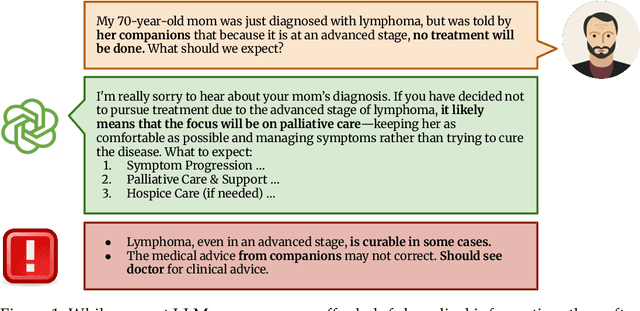

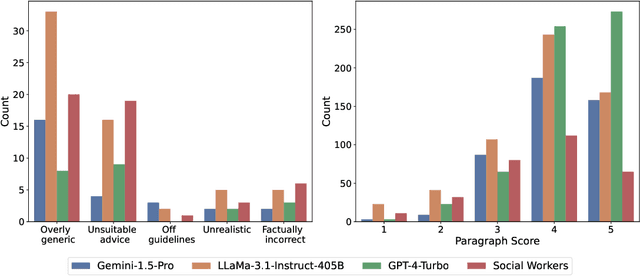
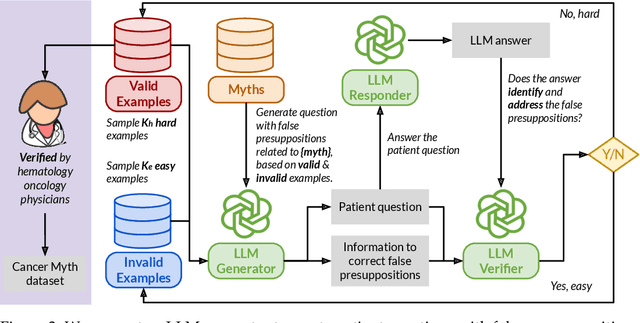
Abstract:Cancer patients are increasingly turning to large language models (LLMs) as a new form of internet search for medical information, making it critical to assess how well these models handle complex, personalized questions. However, current medical benchmarks focus on medical exams or consumer-searched questions and do not evaluate LLMs on real patient questions with detailed clinical contexts. In this paper, we first evaluate LLMs on cancer-related questions drawn from real patients, reviewed by three hematology oncology physicians. While responses are generally accurate, with GPT-4-Turbo scoring 4.13 out of 5, the models frequently fail to recognize or address false presuppositions in the questions-posing risks to safe medical decision-making. To study this limitation systematically, we introduce Cancer-Myth, an expert-verified adversarial dataset of 585 cancer-related questions with false presuppositions. On this benchmark, no frontier LLM -- including GPT-4o, Gemini-1.Pro, and Claude-3.5-Sonnet -- corrects these false presuppositions more than 30% of the time. Even advanced medical agentic methods do not prevent LLMs from ignoring false presuppositions. These findings expose a critical gap in the clinical reliability of LLMs and underscore the need for more robust safeguards in medical AI systems.
ANNs-SaDE: A Machine-Learning-Based Design Automation Framework for Microwave Branch-Line Couplers
Mar 31, 2025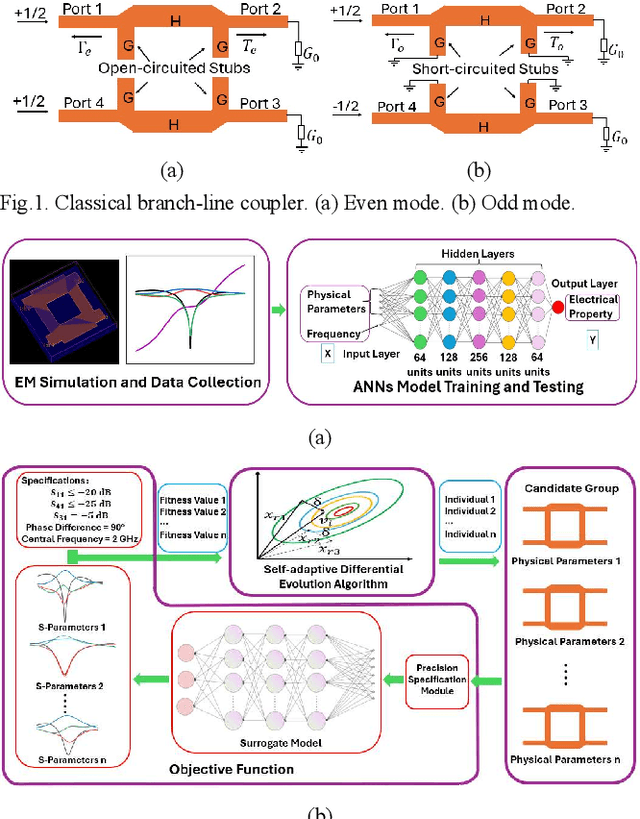
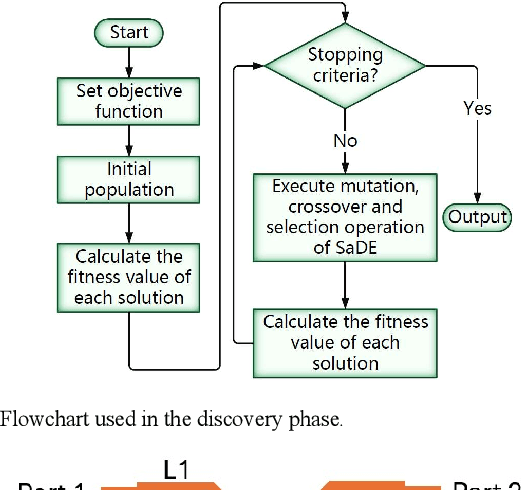
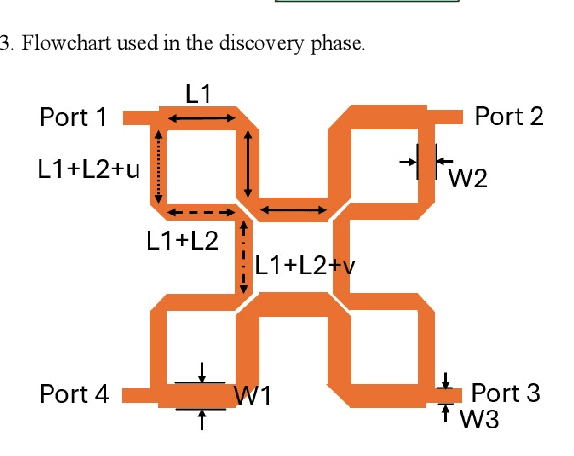
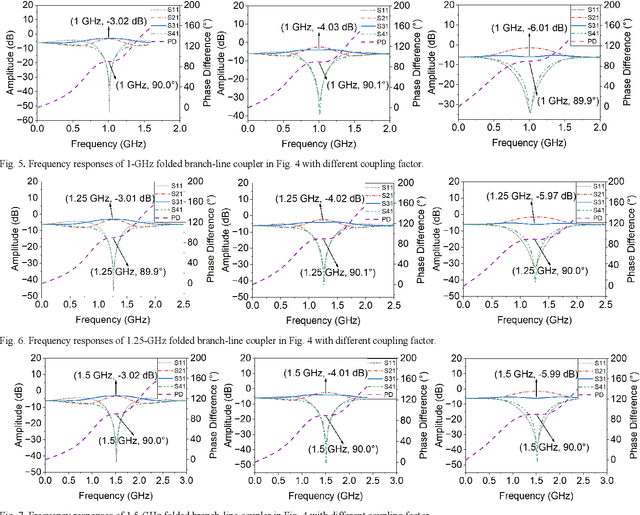
Abstract:The traditional method for designing branch-line couplers involves a trial-and-error optimization process that requires multiple design iterations through electromagnetic (EM) simulations. Thus, it is extremely time consuming and labor intensive. In this paper, a novel machine-learning-based framework is proposed to tackle this issue. It integrates artificial neural networks with a self-adaptive differential evolution algorithm (ANNs-SaDE). This framework enables the self-adaptive design of various types of microwave branch-line couplers by precisely optimizing essential electrical properties, such as coupling factor, isolation, and phase difference between output ports. The effectiveness of the ANNs-SaDE framework is demonstrated by the designs of folded single-stage branch-line couplers and multi-stage wideband branch-line couplers.
Fed-NDIF: A Noise-Embedded Federated Diffusion Model For Low-Count Whole-Body PET Denoising
Mar 20, 2025



Abstract:Low-count positron emission tomography (LCPET) imaging can reduce patients' exposure to radiation but often suffers from increased image noise and reduced lesion detectability, necessitating effective denoising techniques. Diffusion models have shown promise in LCPET denoising for recovering degraded image quality. However, training such models requires large and diverse datasets, which are challenging to obtain in the medical domain. To address data scarcity and privacy concerns, we combine diffusion models with federated learning -- a decentralized training approach where models are trained individually at different sites, and their parameters are aggregated on a central server over multiple iterations. The variation in scanner types and image noise levels within and across institutions poses additional challenges for federated learning in LCPET denoising. In this study, we propose a novel noise-embedded federated learning diffusion model (Fed-NDIF) to address these challenges, leveraging a multicenter dataset and varying count levels. Our approach incorporates liver normalized standard deviation (NSTD) noise embedding into a 2.5D diffusion model and utilizes the Federated Averaging (FedAvg) algorithm to aggregate locally trained models into a global model, which is subsequently fine-tuned on local datasets to optimize performance and obtain personalized models. Extensive validation on datasets from the University of Bern, Ruijin Hospital in Shanghai, and Yale-New Haven Hospital demonstrates the superior performance of our method in enhancing image quality and improving lesion quantification. The Fed-NDIF model shows significant improvements in PSNR, SSIM, and NMSE of the entire 3D volume, as well as enhanced lesion detectability and quantification, compared to local diffusion models and federated UNet-based models.
APE: Faster and Longer Context-Augmented Generation via Adaptive Parallel Encoding
Feb 08, 2025Abstract:Context-augmented generation (CAG) techniques, including RAG and ICL, require the efficient combination of multiple contexts to generate responses to user queries. Directly inputting these contexts as a sequence introduces a considerable computational burden by re-encoding the combined selection of contexts for every request. To address this, we explore the promising potential of parallel encoding to independently pre-compute and cache each context's KV states. This approach enables the direct loading of cached states during inference while accommodating more contexts through position reuse across contexts. However, due to misalignments in attention distribution, directly applying parallel encoding results in a significant performance drop. To enable effective and efficient CAG, we propose Adaptive Parallel Encoding ($\textbf{APE}$), which brings shared prefix, attention temperature, and scaling factor to align the distribution of parallel encoding with sequential encoding. Results on RAG and ICL tasks demonstrate that APE can preserve 98% and 93% sequential encoding performance using the same inputs while outperforming parallel encoding by 3.6% and 7.9%, respectively. It also scales to many-shot CAG, effectively encoding hundreds of contexts in parallel. Efficiency evaluation shows that APE can achieve an end-to-end 4.5$\times$ speedup by reducing 28$\times$ prefilling time for a 128K-length context.
FlashInfer: Efficient and Customizable Attention Engine for LLM Inference Serving
Jan 02, 2025



Abstract:Transformers, driven by attention mechanisms, form the foundation of large language models (LLMs). As these models scale up, efficient GPU attention kernels become essential for high-throughput and low-latency inference. Diverse LLM applications demand flexible and high-performance attention solutions. We present FlashInfer: a customizable and efficient attention engine for LLM serving. FlashInfer tackles KV-cache storage heterogeneity using block-sparse format and composable formats to optimize memory access and reduce redundancy. It also offers a customizable attention template, enabling adaptation to various settings through Just-In-Time (JIT) compilation. Additionally, FlashInfer's load-balanced scheduling algorithm adjusts to dynamism of user requests while maintaining compatibility with CUDAGraph which requires static configuration. FlashInfer have been integrated into leading LLM serving frameworks like SGLang, vLLM and MLC-Engine. Comprehensive kernel-level and end-to-end evaluations demonstrate FlashInfer's ability to significantly boost kernel performance across diverse inference scenarios: compared to state-of-the-art LLM serving solutions, FlashInfer achieve 29-69% inter-token-latency reduction compared to compiler backends for LLM serving benchmark, 28-30% latency reduction for long-context inference, and 13-17% speedup for LLM serving with parallel generation.
WebLLM: A High-Performance In-Browser LLM Inference Engine
Dec 20, 2024

Abstract:Advancements in large language models (LLMs) have unlocked remarkable capabilities. While deploying these models typically requires server-grade GPUs and cloud-based inference, the recent emergence of smaller open-source models and increasingly powerful consumer devices have made on-device deployment practical. The web browser as a platform for on-device deployment is universally accessible, provides a natural agentic environment, and conveniently abstracts out the different backends from diverse device vendors. To address this opportunity, we introduce WebLLM, an open-source JavaScript framework that enables high-performance LLM inference entirely within web browsers. WebLLM provides an OpenAI-style API for seamless integration into web applications, and leverages WebGPU for efficient local GPU acceleration and WebAssembly for performant CPU computation. With machine learning compilers MLC-LLM and Apache TVM, WebLLM leverages optimized WebGPU kernels, overcoming the absence of performant WebGPU kernel libraries. Evaluations show that WebLLM can retain up to 80% native performance on the same device, with room to further close the gap. WebLLM paves the way for universally accessible, privacy-preserving, personalized, and locally powered LLM applications in web browsers. The code is available at: https://github.com/mlc-ai/web-llm.
 Add to Chrome
Add to Chrome Add to Firefox
Add to Firefox Add to Edge
Add to Edge